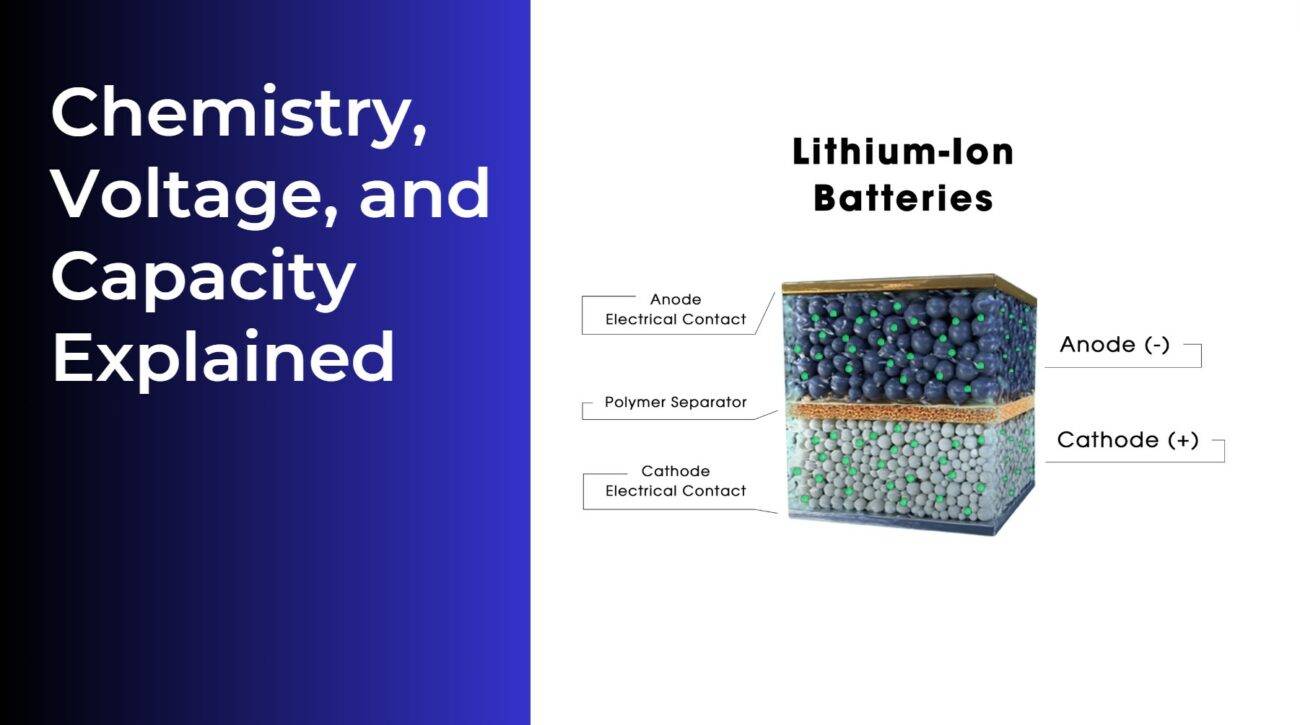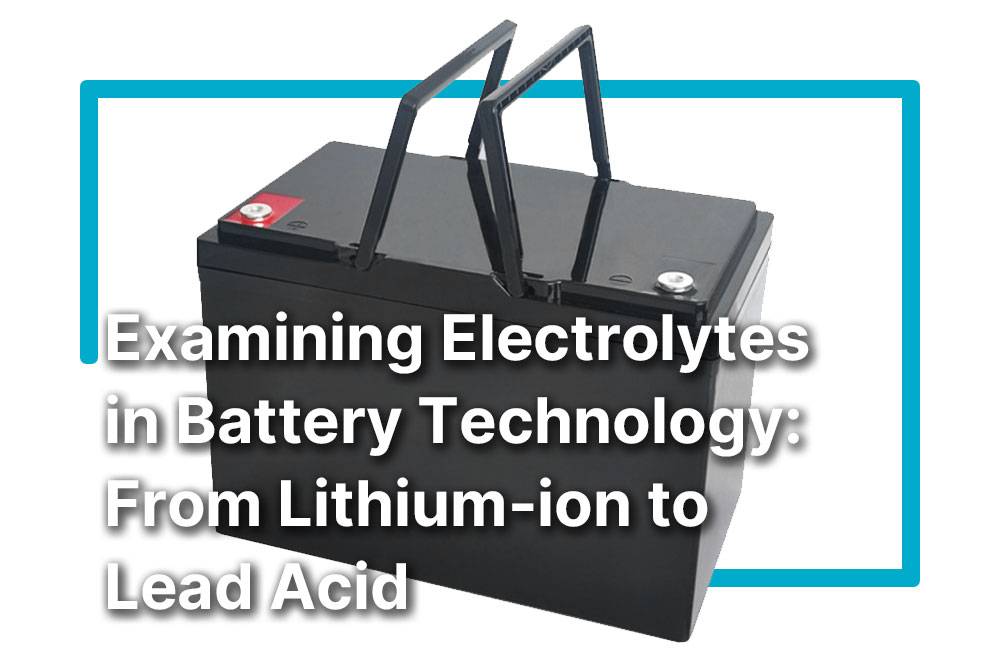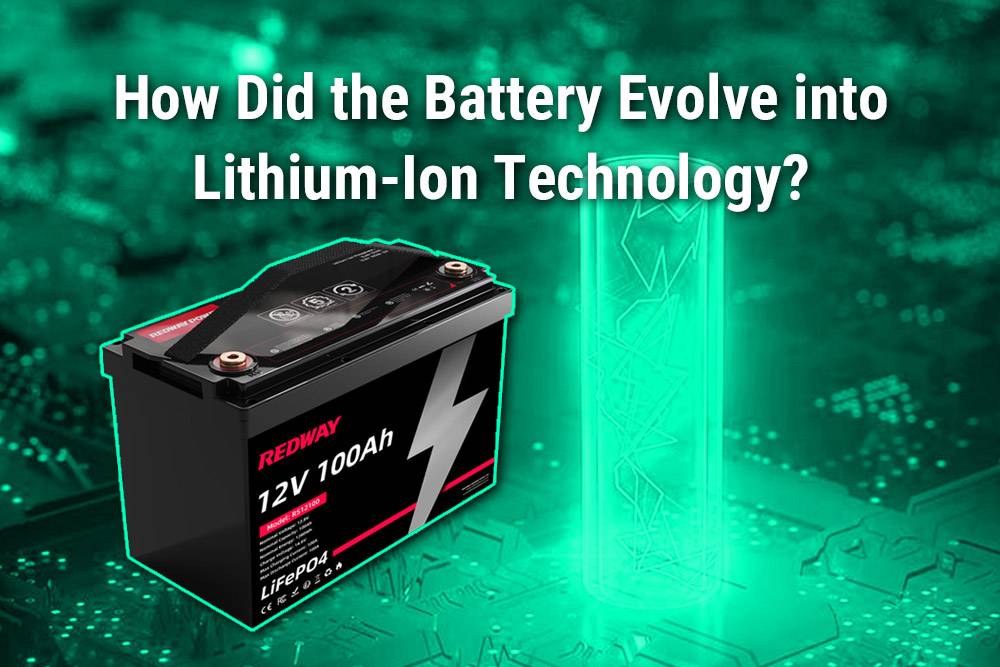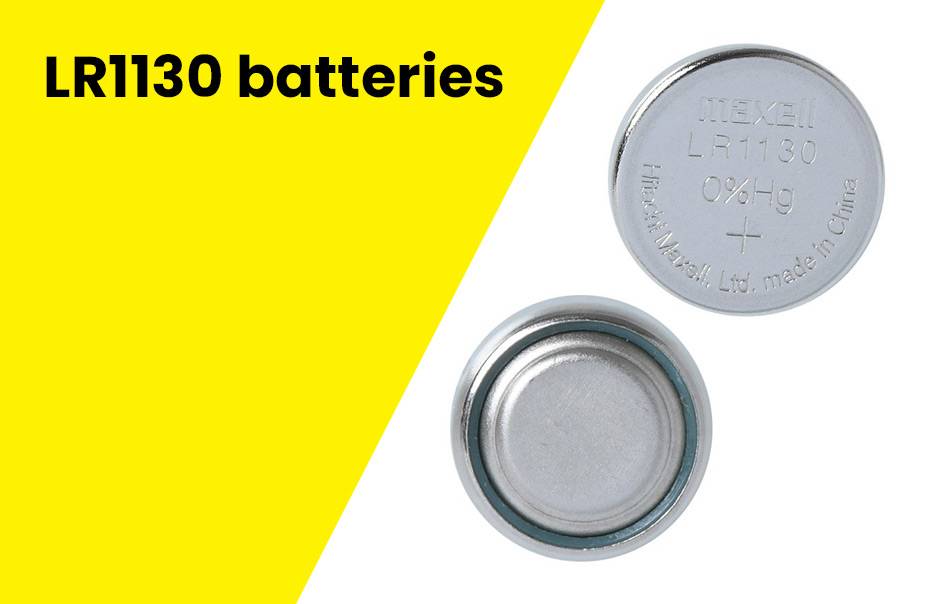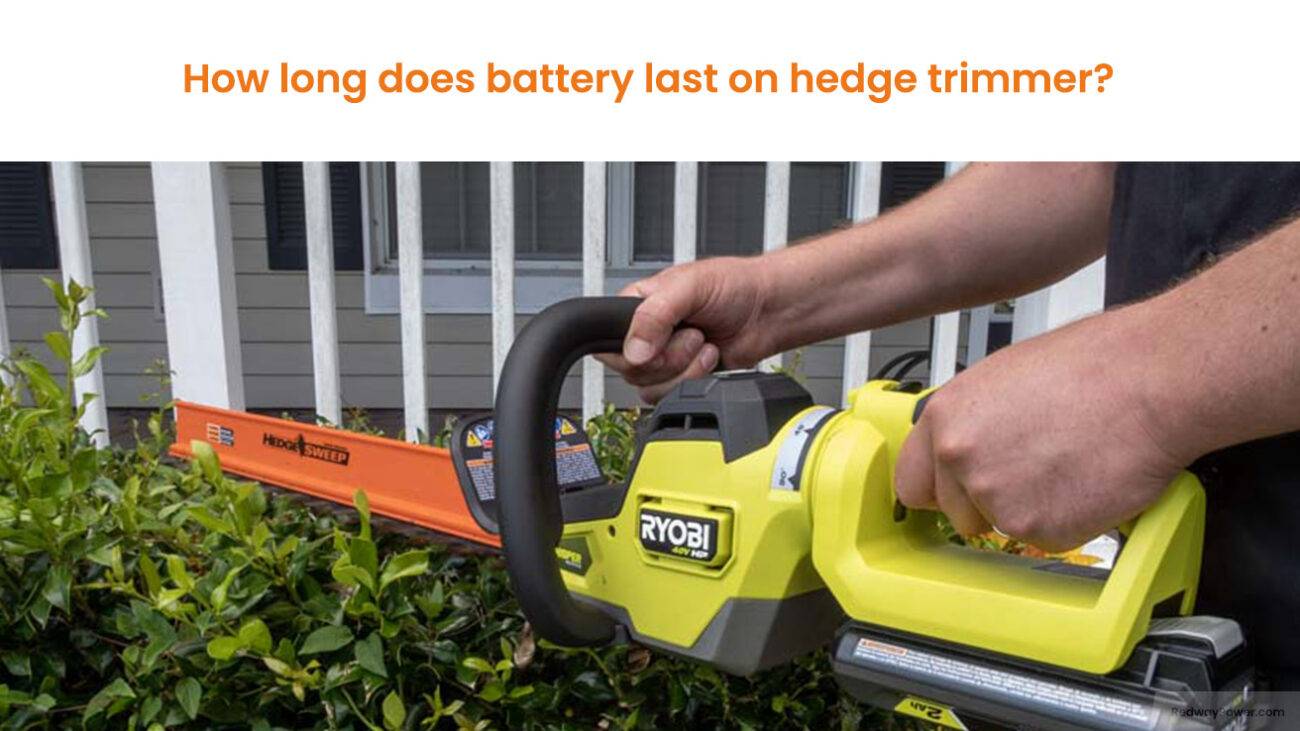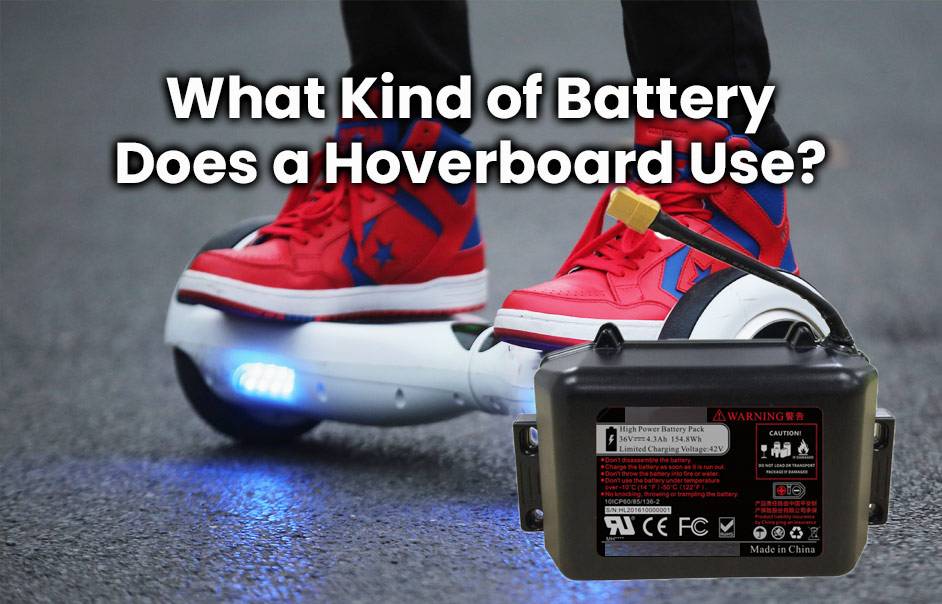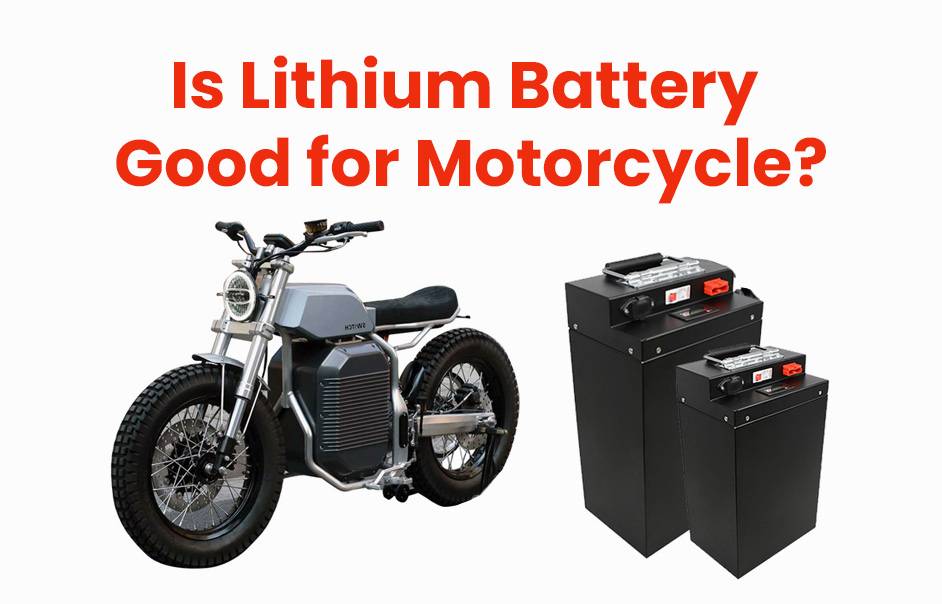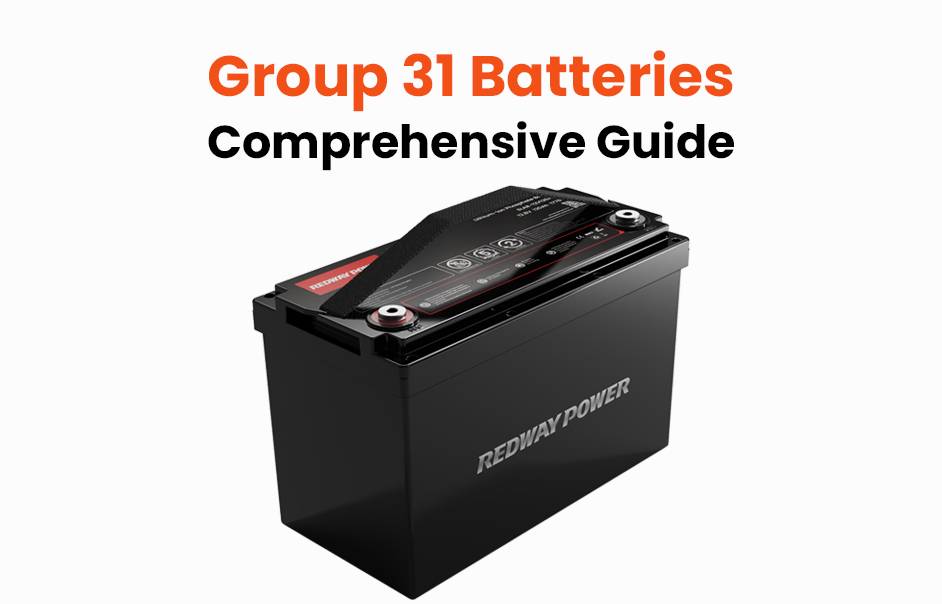- Lithium Golf Cart Battery
- Forklift Lithium Battery
-
48V
- 48V 210Ah
- 48V 300Ah
- 48V 420Ah (949 x 349 x 569 mm)
- 48V 420Ah (950 x 421 x 450 mm)
- 48V 456Ah
- 48V 460Ah (830 x 630 x 590 mm)
- 48V 460Ah (950 x 421 x 450 mm)
- 48V 460Ah (800 x 630 x 600 mm)
- 48V 460Ah (820 x 660 x 470 mm)
- 48V 500Ah
- 48V 560Ah (810 x 630 x 600 mm)
- 48V 560Ah (950 x 592 x 450 mm)
- 48V 600Ah
- 48V 630Ah
-
48V
- 12V Lithium Battery
12V 150Ah Lithium RV Battery
Bluetooth App | BCI Group 31
LiFePO4 Lithium
Discharge Temperature -20°C ~ 65°C
Fast Charger 14.6V 50A
Solar MPPT Charging - 24V Lithium Battery
- 36V Lithium Battery
- 48V Lithium Battery
-
48V LiFePO4 Battery
- 48V 50Ah
- 48V 50Ah (for Golf Carts)
- 48V 60Ah (8D)
- 48V 100Ah (8D)
- 48V 100Ah
- 48V 100Ah (Discharge 100A for Golf Carts)
- 48V 100Ah (Discharge 150A for Golf Carts)
- 48V 100Ah (Discharge 200A for Golf Carts)
- 48V 150Ah (for Golf Carts)
- 48V 160Ah (Discharge 100A for Golf Carts)
- 48V 160Ah (Discharge 160A for Golf Carts)
-
48V LiFePO4 Battery
- 60V Lithium Battery
-
60V LiFePO4 Battery
- 60V 20Ah
- 60V 30Ah
- 60V 50Ah
- 60V 50Ah (Small Size / Side Terminal)
- 60V 100Ah (for Electric Motocycle, Electric Scooter, LSV, AGV)
- 60V 100Ah (for Forklift, AGV, Electric Scooter, Sweeper)
- 60V 150Ah (E-Motocycle / E-Scooter / E-Tricycle / Tour LSV)
- 60V 200Ah (for Forklift, AGV, Electric Scooter, Sweeper)
-
60V LiFePO4 Battery
- 72V~96V Lithium Battery
- Rack-mounted Lithium Battery
- E-Bike Battery
- All-in-One Home-ESS
- Wall-mount Battery ESS
-
Home-ESS Lithium Battery PowerWall
- 24V 100Ah 2.4kWh PW24100-S PowerWall
- 48V 50Ah 2.4kWh PW4850-S PowerWall
- 48V 50Ah 2.56kWh PW5150-S PowerWall
- 48V 100Ah 5.12kWh PW51100-F PowerWall (IP65)
- 48V 100Ah 5.12kWh PW51100-S PowerWall
- 48V 100Ah 5.12kWh PW51100-H PowerWall
- 48V 200Ah 10kWh PW51200-H PowerWall
- 48V 300Ah 15kWh PW51300-H PowerWall
PowerWall 51.2V 100Ah LiFePO4 Lithium Battery
Highly popular in Asia and Eastern Europe.
CE Certification | Home-ESS -
Home-ESS Lithium Battery PowerWall
- Portable Power Stations
Lithium Polymer Battery vs Lithium Ion Battery, Comprehensive Comparison
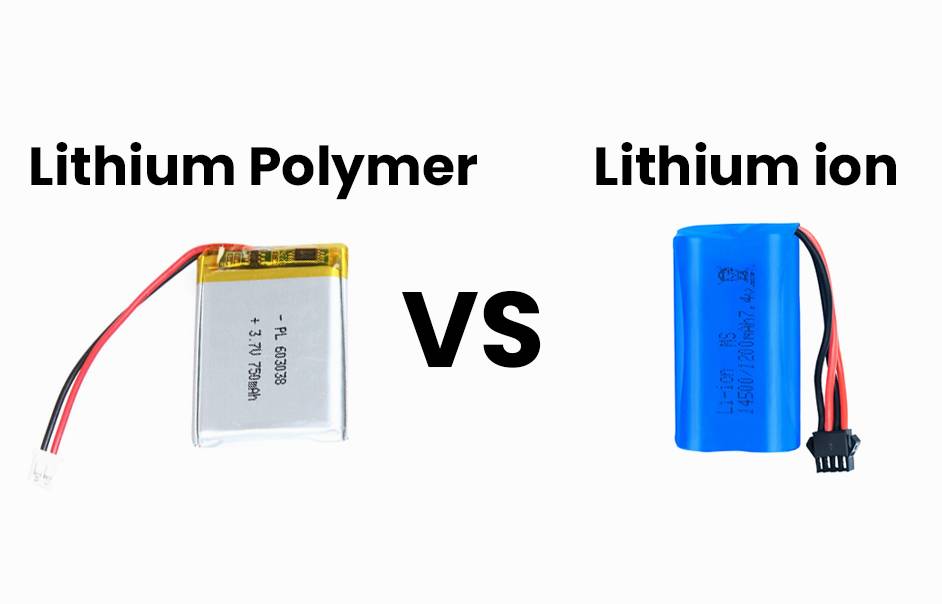
Discover the ideal battery for your devices in this in-depth comparison of Lithium Polymer (LiPo) and Lithium Ion (Li-ion) batteries. From structure to safety, explore their differences comprehensively. With insights into energy density and composition, make an informed decision on the perfect energy source for your needs. Join us in unraveling the mysteries of these powerful batteries – it’s your guide to finding the ultimate solution!
Differences in Structure and Composition
Navigating lithium batteries involves understanding the structural differences between lithium polymer (LiPo) and lithium-ion (Li-ion) batteries. LiPo batteries, with flexible layers of thin polymer sheets, differ from Li-ion batteries with cylindrical cells containing liquid electrolyte. LiPos use a safer solid-state polymer electrolyte, offering higher energy density with ultra-thin electrodes. Both exhibit unique efficiencies: LiPos with lower internal resistance for faster charging, and Li-ion improving with increased capacity and reduced self-discharge rates.
- Flexible Composition: LiPo batteries feature thin polymer layers for flexibility, while Li-ion batteries have cylindrical cells with liquid electrolyte.
- Safety Measures: LiPos use a safer solid-state polymer electrolyte, reducing flammability compared to Li-ion batteries with liquid electrolyte.
- Energy Density: LiPo cells offer higher energy density due to ultra-thin electrodes, storing more energy per unit volume or weight.
- Efficiency Variance: LiPos have lower internal resistance, facilitating faster charging rates, while Li-ion technology advances in capacity and self-discharge reduction.
Understanding these differences aids in selecting the suitable battery type based on specific safety requirements, energy density demands, and overall performance expectations.
Energy Density and Performance Comparison
When assessing energy density and performance, lithium polymer batteries (LiPo) and lithium-ion batteries (Li-ion) exhibit distinct strengths. LiPo batteries, recognized for higher energy density, excel in power-hungry devices like smartphones and drones. In contrast, Li-ion batteries, while not matching LiPo’s energy density, compensate with superior performance and a higher discharge rate, making them suitable for applications emphasizing sustained power over compact size.
- LiPo’s Energy Density Advantage: LiPo batteries store more power in a compact form, making them perfect for devices requiring substantial power output, such as smartphones and drones.
- Li-ion’s Superior Performance: Li-ion batteries may lack LiPo’s energy density but offer superior performance with a higher discharge rate, delivering power efficiently over extended periods, ideal for applications prioritizing sustained performance.
- Consideration of Overall Efficiency: Both battery types share similar overall efficiency characteristics. However, LiPo, chosen for weight reduction due to its larger capacity per unit weight ratio, becomes preferred in situations where weight is a crucial factor.
Closing: While both LiPo and Li-ion batteries excel in their respective expertise areas, the choice hinges on specific needs. Factors like device usage patterns, space constraints, and desired longevity play a pivotal role in making an informed decision tailored to individual requirements.
Safety Concerns for Both Types of Batteries
Ensuring safety is paramount when dealing with batteries, particularly with lithium polymer (LiPo) and lithium-ion (Li-ion) batteries. While generally safe, each type has distinct safety concerns that users should be aware of and address for secure operation.
- LiPo Battery Safety: LiPo batteries are susceptible to swelling or catching fire if mishandled or improperly charged. The gel-like electrolyte used in LiPo batteries is more volatile than Li-ion batteries’ liquid electrolyte. To minimize risks, users must adhere to proper charging protocols, avoid overcharging, and prevent puncturing the battery casing.
- Li-ion Battery Safety: Li-ion batteries can pose safety risks such as overheating, short circuits from physical damage or defects, and thermal runaway leading to explosions. Strict adherence to guidelines for usage, storage, and charging is crucial to ensure safe operation.
- Mitigating Risks: Both battery types often include built-in protection circuitry to monitor voltage and temperature. Manufacturers continually enhance battery designs and enforce quality control measures, contributing to improved safety standards.
Closing: While LiPo and Li-ion batteries present safety concerns, proper maintenance and usage significantly reduce the risk of incidents. Adhering to recommended guidelines for storage, charging, and usage conditions ensures a safer experience with these energy storage devices. Safety remains a top priority, and advancements in design continue to enhance battery safety in the evolving landscape of battery technology.
Applications and Uses of Each Battery Type
Lithium Polymer (LiPo) and Lithium Ion (Li-ion) batteries serve distinct purposes, with their applications determined by specific characteristics. Understanding their uses helps in choosing the right battery for various electronic devices.
- LiPo Battery Applications: LiPo batteries, known for their lightweight and flexible design, are favored in portable electronics like smartphones, tablets, and smartwatches. Their slim profile enables the creation of sleek, compact devices without compromising battery life. Additionally, LiPo batteries are suitable for remote-controlled toys, drones, and small medical devices, delivering high bursts of power. They find application in radio transmitters and receivers, ensuring consistent voltage over extended periods.
- Li-ion Battery Applications: Li-ion batteries are commonly used in larger electronic devices, including laptops, digital cameras, and electric vehicles. Their higher energy density makes them ideal for applications requiring a longer runtime or increased power output. Li-ion batteries, with a longer lifespan compared to LiPo, are preferred for heavy-duty use. They excel in electric cars, efficiently storing large amounts of energy, and contribute to renewable energy storage systems, releasing stored energy when needed in solar power plants or wind farms.
Conclusion: Choosing between LiPo and Li-ion batteries depends on specific requirements, emphasizing factors like device size, power demands, and expected lifespan. Each type caters to distinct needs in the ever-expanding landscape of electronic devices.
irements of your device or application. Whether you need a lightweight solution with flexibility or one that provides higher capacity and durability will determine which type is best suited for your needs.
Factors to Consider When Choosing Between Lithium Polymer and Lithium Ion Batteries
Choosing the right battery for your device involves considering various factors. Here are key aspects to weigh when deciding between Lithium Polymer (LiPo) and Lithium Ion (Li-ion) batteries.
- Battery Life: The lifespan of the battery is crucial. LiPo batteries generally offer a longer lifespan, making them suitable for devices requiring extended usage without frequent recharging.
- Size and Weight: Portability is vital, and LiPo batteries, known for their slim profile and flexibility, are ideal for sleek and lightweight designs. In contrast, Li-ion batteries tend to be bulkier due to their rigid structure.
- Energy Density: Energy density, indicating how much energy a battery can store in a given space, favors Li-ion batteries. They have a higher energy density, making them suitable for high-performance devices requiring quick bursts of power.
Conclusion: Considering factors such as battery life, size, weight, energy density, safety, and cost will guide you in choosing the battery that aligns with your device’s needs. Whether prioritizing longevity, portability, or performance, a thoughtful evaluation ensures a well-informed decision for your specific requirements!
Conclusion: Which Battery is Right for You?
Both lithium polymer and lithium ion batteries offer advantages and drawbacks, catering to diverse needs. For compact, flexible, and lightweight applications like smartphones, lithium polymer batteries excel. Conversely, lithium ion batteries are preferable for larger devices requiring high energy density, such as electric vehicles. Safety remains paramount, and advancements enhance both types. Choosing between them hinges on individual requirements, emphasizing factors like energy density, runtime, weight, and safety. A thoughtful evaluation ensures an informed decision aligned with specific needs and preferences.
FAQs
How to protect LiPo cells integrated into garments?
When it comes to integrating LiPo cells into garments, safety is paramount. To protect these batteries effectively, consider using specialized pouches or compartments designed to prevent physical damage and short circuits. Ensure that the battery connections are securely insulated to avoid any accidental mishaps.
Additionally, implementing a reliable overcharge protection circuit can help regulate voltage levels and prevent excessive charging, prolonging the battery’s lifespan. It’s also essential to monitor temperature levels during use to prevent overheating and potential thermal runaway situations.
Regularly inspect the garment for wear and tear, focusing on areas where the battery is housed. Replace damaged components promptly and avoid exposing the batteries to extreme conditions like water or heat. By taking proactive measures in safeguarding LiPo cells in garments, you can enjoy their benefits safely and efficiently.
Are LiPo batteries safe in wearable tech?
When it comes to wearable tech, safety is a top priority. But are LiPo batteries safe for use in these innovative devices? Let’s dive into the details.
LiPo batteries have gained popularity in wearable tech due to their lightweight and compact design, making them ideal for integration into clothing or accessories. However, there are some safety considerations to keep in mind.
LiPo batteries can be safe in wearable tech if handled correctly. Proper charging, storage, and usage practices are essential to prevent any potential risks such as overheating or swelling.
It’s crucial to choose high-quality LiPo batteries from reputable manufacturers when incorporating them into wearable devices. This helps ensure reliability and reduces the likelihood of malfunctions that could compromise safety.
With proper care and attention to detail, LiPo batteries can be a safe and efficient power source for wearable technology applications.
LiPo vs. Li-Ion: Discharge curve advantage?
When it comes to comparing the discharge curve advantage between LiPo and Li-Ion batteries, there are some key differences worth noting.
LiPo batteries typically have a more linear discharge curve compared to Li-Ion batteries, which means they can maintain a more consistent power output over the duration of their charge. This makes them ideal for applications where a steady voltage is crucial.
On the other hand, Li-Ion batteries tend to have a slightly steeper discharge curve, meaning their voltage drops off more rapidly as they near full depletion. While this may not be ideal for all applications, it can provide a quick burst of power when needed.
The choice between LiPo and Li-Ion will depend on your specific needs and priorities in terms of performance and efficiency.
Variations in Li-Ion and LiPo batteries’ characteristics?
When it comes to the characteristics of Li-Ion and LiPo batteries, there are some key differences to consider.
Li-Ion batteries tend to have a higher energy density compared to LiPo batteries, making them ideal for devices where size and weight are important factors. On the other hand, LiPo batteries offer higher discharge rates and can handle more power output, which is beneficial for applications that require bursts of high energy.
In terms of flexibility, LiPo batteries are known for their ability to be shaped into various sizes and configurations, making them suitable for integration into wearable technology or products with unique design requirements. Conversely, Li-Ion batteries are more rigid in shape due to their construction.
Understanding these variations in characteristics can help you choose the right battery type based on your specific needs and application requirements.
What does the “C” rating indicate in battery discharge?
The “C” rating on a battery is not just some random letter thrown in for confusion. It actually plays a crucial role in determining the discharge rate capability of the battery. Simply put, it indicates how fast you can safely discharge the battery without causing damage or compromising its lifespan.
For example, if a battery has a 20C rating and its capacity is 1000mAh, it means you can discharge it at a rate of 20 times its capacity (20 x 1000mAh = 20,000mA or 20A). This feature is particularly important when choosing batteries for high-performance devices that require quick power delivery.
Understanding the C rating helps users match their batteries to the specific power requirements of their devices. Choosing a battery with an appropriate C rating ensures optimal performance and longevity. So next time you see that mysterious “C” on your battery specs, remember it’s there to guide you towards efficient power usage!
Discharge ratings for LiPo and Li-Ion batteries?
When it comes to discharge ratings for LiPo and Li-Ion batteries, understanding the capabilities of each type is crucial. LiPo batteries typically have higher discharge rates compared to Li-Ion batteries, making them ideal for applications requiring high bursts of power. The “C” rating on a battery indicates how quickly it can be discharged safely without overheating or damaging the cells.
LiPo batteries are known for their ability to handle higher discharge rates than Li-Ion batteries, which makes them popular in industries where high currents are required. On the other hand, while Li-Ion batteries may not have as high discharge rates as LiPos, they are still suitable for many applications due to their stability and longer lifespan.
It’s important to consider the specific requirements of your device when choosing between a LiPo or Li-Ion battery based on their respective discharge ratings.
Can LiPo discharge at higher rates than Li-Ion?
When it comes to the discharge rate, LiPo batteries have a clear advantage over Li-Ion batteries. Due to their lower internal resistance, LiPo cells can discharge at much higher rates compared to Li-Ion counterparts. This means they are capable of delivering power more efficiently and quickly when needed.
The ability of LiPo batteries to discharge at higher rates makes them popular choices for applications that require bursts of power, such as RC cars and drones. In these scenarios, the high discharge rate ensures optimal performance and responsiveness during acceleration or maneuvers.
On the other hand, while Li-Ion batteries may not match the high discharge capabilities of LiPos, they are still preferred for devices where a steady and consistent power output is more important than quick bursts of energy. This makes them suitable for everyday electronics like smartphones and laptops where reliability is key.
Understanding the differences in discharge rates between LiPo and Li-Ion batteries allows you to choose the right type based on your specific power requirements and usage preferences.
Safety precautions for LiPo and Li-Ion batteries?
When it comes to using LiPo and Li-Ion batteries in wearable tech or any other device, safety should always be a top priority. These types of batteries have the potential to be dangerous if mishandled or used improperly. To ensure safe usage, it’s essential to follow some key precautions.
Always use the correct charger specifically designed for the type of battery you are using. Using an incorrect charger can lead to overcharging and potentially cause a fire hazard. Avoid exposing the batteries to extreme temperatures as this can impact their performance and safety.
Additionally, never puncture or damage the battery casing as this can result in leakage of corrosive chemicals. It’s also crucial to store these batteries in a cool, dry place away from direct sunlight and moisture. When not in use, make sure to disconnect the battery from the device and store it safely.
By following these safety precautions diligently, you can enjoy all the benefits that LiPo and Li-Ion batteries offer while minimizing any associated risks.
Which battery is better for high currents and safety?
When it comes to high currents and safety, the choice between lithium polymer (LiPo) and lithium-ion (Li-Ion) batteries is crucial. LiPo batteries are known for their higher discharge rates, making them suitable for applications requiring a sudden surge of power. This makes them popular in drones, RC cars, and other high-performance gadgets.
On the other hand, Li-Ion batteries are favored for their stability and overall safety profile. They have a lower risk of swelling or catching fire compared to LiPos when subjected to extreme conditions or overcharging. This makes them a reliable option for devices where safety is a top priority.
Determining which battery is better for high currents and safety depends on the specific requirements of your application. It’s essential to consider factors such as discharge rates, capacity, weight, size constraints, and most importantly – safety protocols before making a decision.
Why do RC cars use LiPo, flashlights Li-Ion?
Lithium Polymer (LiPo) and Lithium Ion (Li-Ion) batteries both have their unique characteristics and applications. When it comes to wearable tech, LiPo batteries are a popular choice due to their flexibility, lightweight nature, and high energy density. However, safety precautions must be taken when using them in garments to prevent any potential hazards.
The discharge curve advantage of LiPo batteries allows for a more stable voltage output over the duration of the discharge cycle compared to Li-Ion batteries. Understanding the variations in characteristics between these two types of batteries is crucial for selecting the right power source for your specific needs.
The “C” rating indicates the maximum continuous discharge rate that a battery can sustain without causing damage. LiPo batteries typically have higher C ratings than Li-Ion batteries, allowing them to discharge at higher rates safely.
When it comes to high currents and safety, both types of batteries have their strengths and considerations. LiPos excel at providing high bursts of power but require careful handling due to their volatile nature. On the other hand, Li-Ion batteries offer better stability but may not handle extreme loads as efficiently as LiPos.
RC cars commonly use LiPo batteries due to their ability to deliver high currents rapidly, ideal for powering motors during intense acceleration. Flashlights often opt for Li-Ion batteries because they provide stable power output over longer durations without sacrificing safety.
In conclusion,
Choosing between a Lithium Polymer or Lithium Ion battery depends on your specific requirements regarding power delivery, energy density, weight restrictions, and safety concerns. Both options have their advantages and limitations that should be carefully considered before making a decision on which one is best suited for your application or device.
How Do SPEs and Aluminum-Air Impact LiPo Battery Performance?
What Are Hybrid Polymer Electrolyte Systems?
What Future Developments for Aluminum-Air Polymer Batteries?
What Performance Enhancements Do Polymer Electrolytes Offer in LiPo?
Polymer electrolytes provide improved safety, enhanced stability, and higher energy density compared to traditional liquid electrolytes. They enable the design of flexible and lightweight batteries, making them suitable for portable electronic devices. Polymer electrolytes also exhibit lower self-discharge rates and have the potential for longer cycle life, contributing to the overall efficiency and reliability of LiPo batteries. Discover more about the performance enhancements of polymer electrolytes in LiPo batteries.














